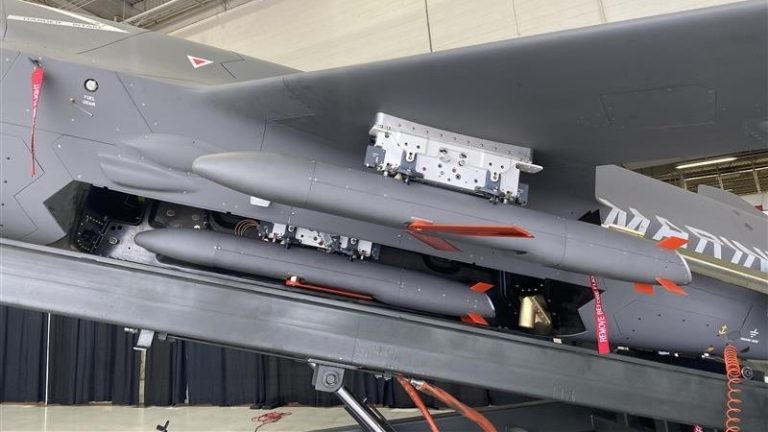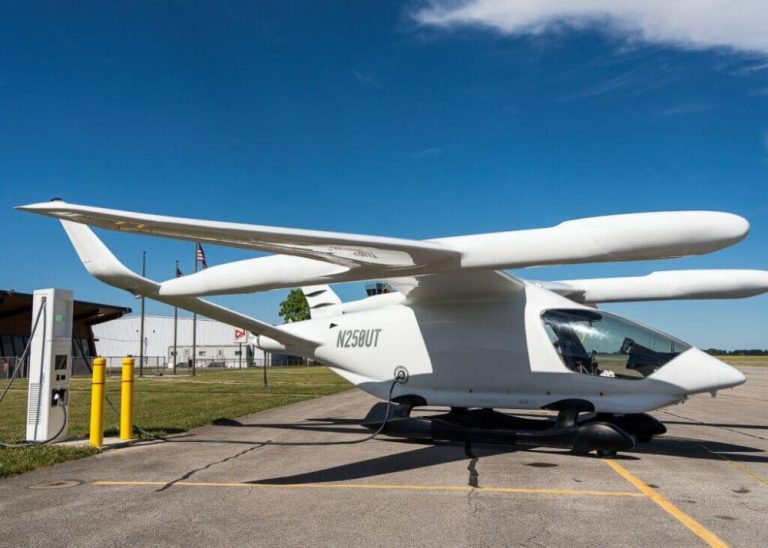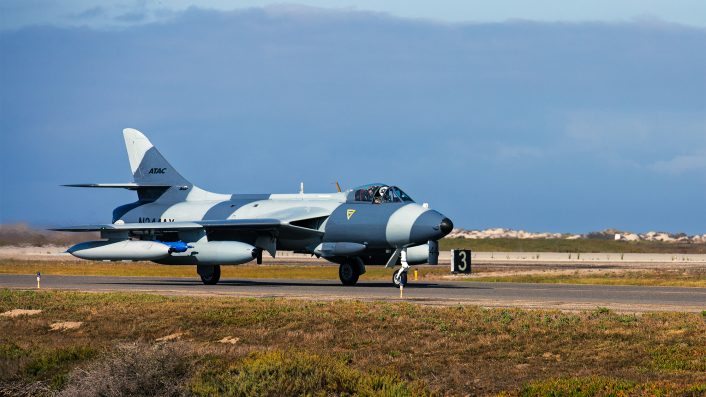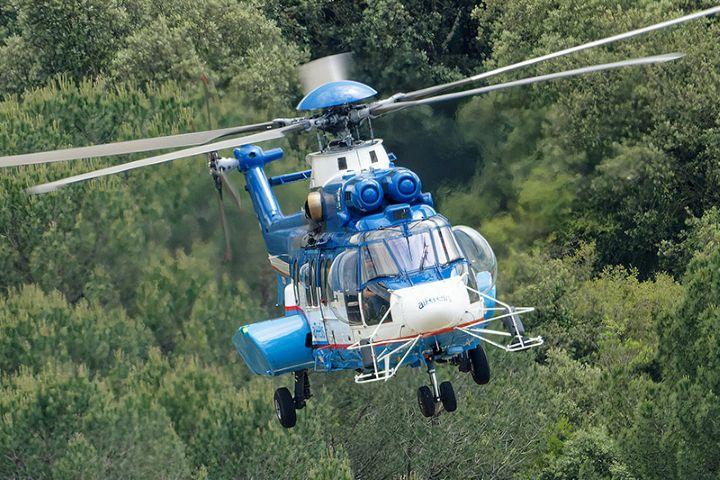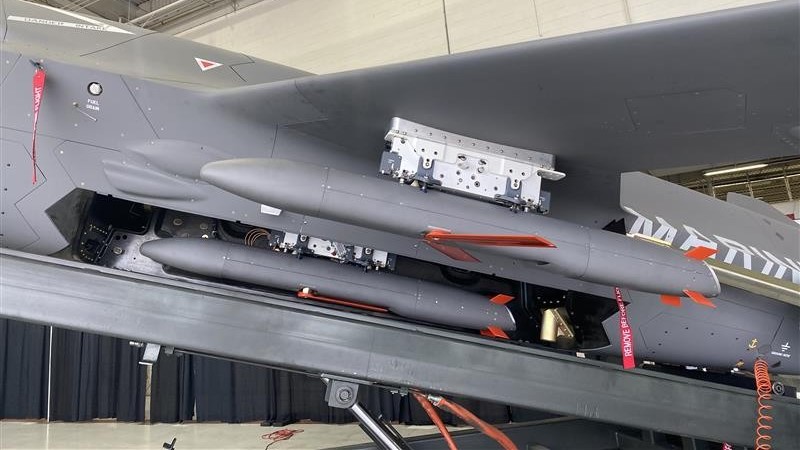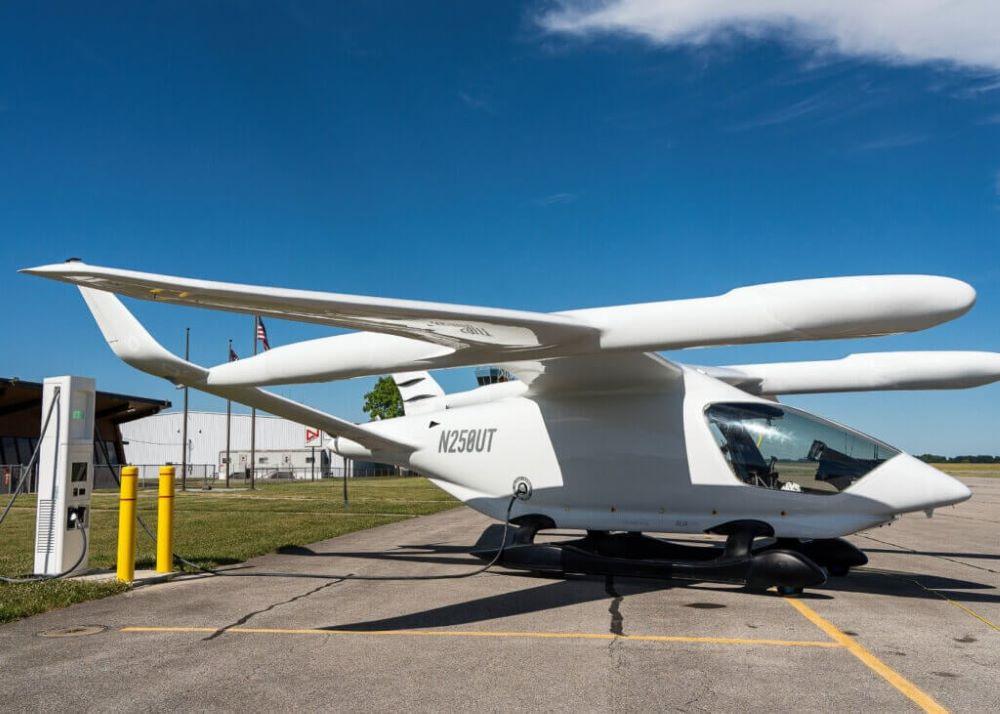American Airlines is preparing pilots to fly Airbus A321XLR aircraft on transatlantic routes next year, including operating a series of training flights across the North Atlantic in September using A321neo aircraft.
American plans to first fly the aircraft on the Los Angeles–New York John F. Kennedy route, and then move on to international service. The carrier said it “soon” will share “initial international destinations” to be served with the A321XLR.
The airline revealed it operated 42 A321neo training flights between its Philadelphia hub and Edinburgh over three weeks in September. As American gears up to place its first A321XLRs into transatlantic service in 2026, it must train 45 A320 fleet pilots—largely accustomed to domestic routes—who will initially operate the long-range narrowbody.
“The A321XLR has a range of up to 4,700 nm (5,408 mi.), opening up a world of new opportunities for American and its network,” the carrier said. “Of course, it also means new procedures and regions of the world for the airline’s pilots to learn.”
American said a group of A320 fleet check pilots used the Philadelphia–Edinburgh A321neo flights to train and qualify to operate A321XLR transatlantic flights. These pilots will now “train American’s A320 line pilots on the territory, initially from the New York pilot base,” the airline said.
The carrier said FAA inspectors were on the first flights in the training series, qualifying eight A320 fleet check pilots to fly across the Atlantic. Those eight pilots were then able to qualify additional American pilots on test flights.
“These training flights were a huge success,” said Josh Hall, American’s A320 fleet captain. “This effort sets us up nicely to begin training our line pilots to fly the A321XLR over the North Atlantic.”
American said the training flights focused on procedures related to wind conditions “unique to” transatlantic flying. Additionally, “air traffic control operations in this region are a non-radar environment, so controllers who oversee the airspace rely on position reports sent from aircraft, either automatically or via voice, instead of the radar-based air traffic control environment that most A320 pilots who fly domestically are used to,” the airline noted. “A320 pilots are communicating over different types of radios than they use domestically, and sometimes use satellites to communicate with ATC. A320 pilots must also learn about suitable diversion airports in the North Atlantic.”


